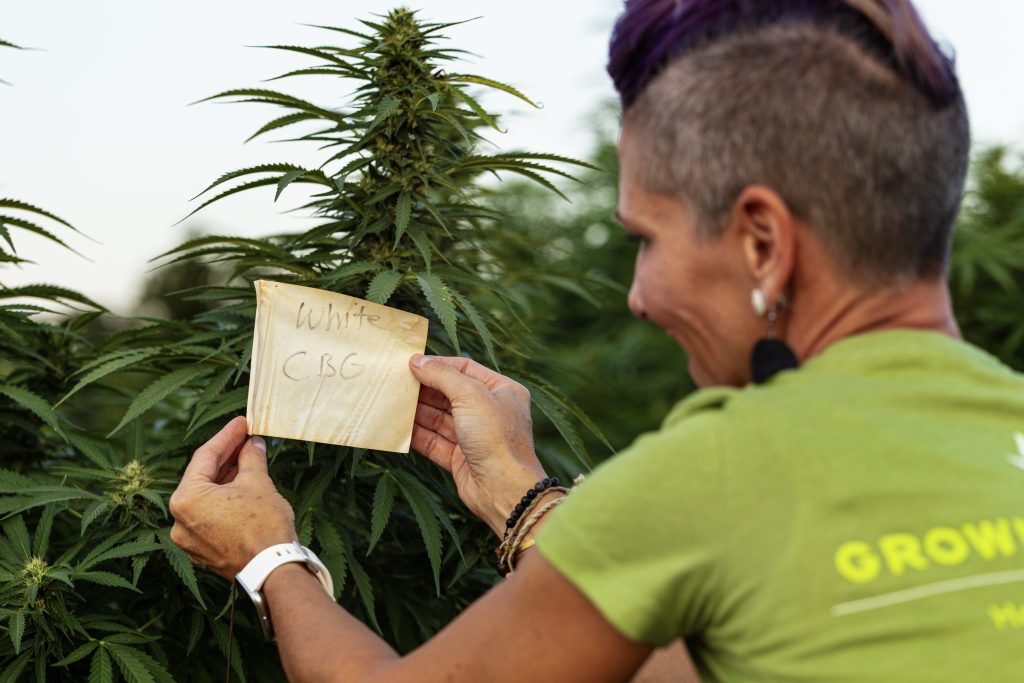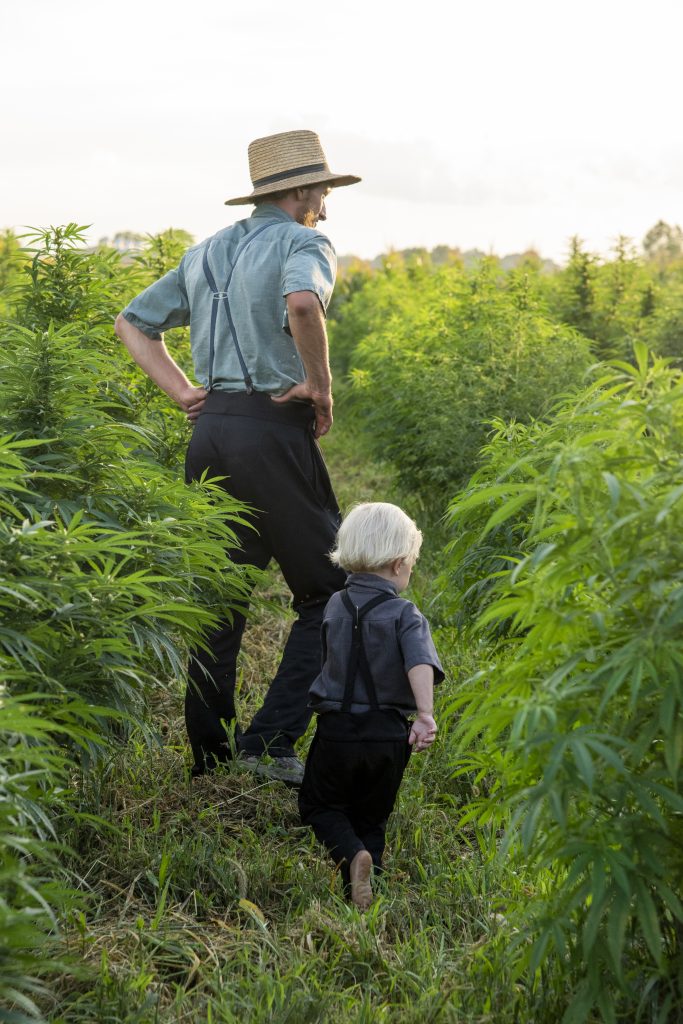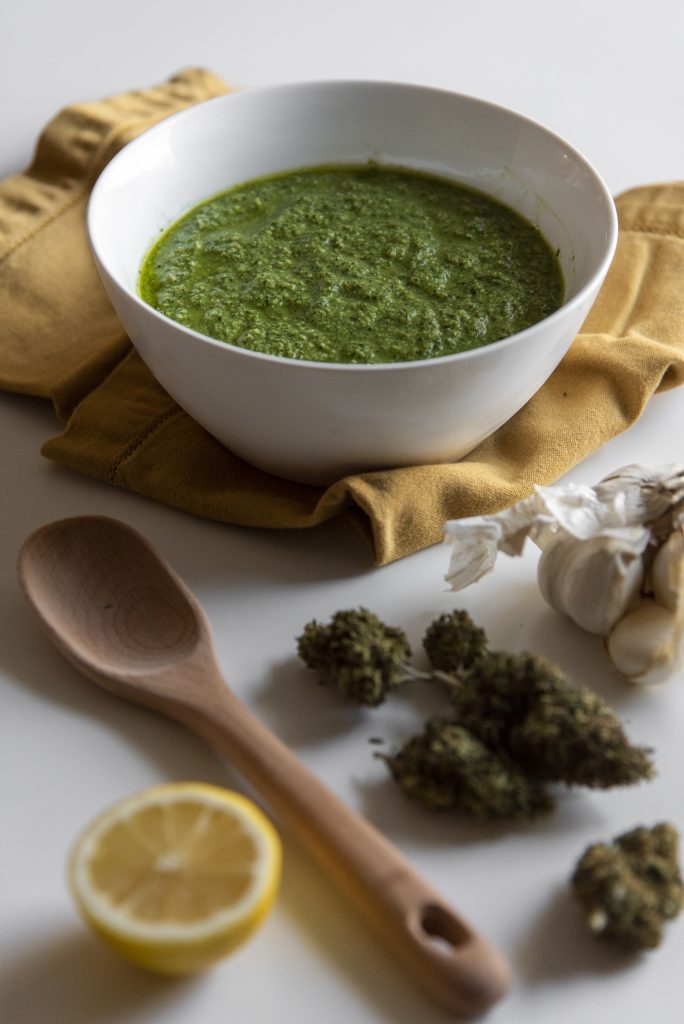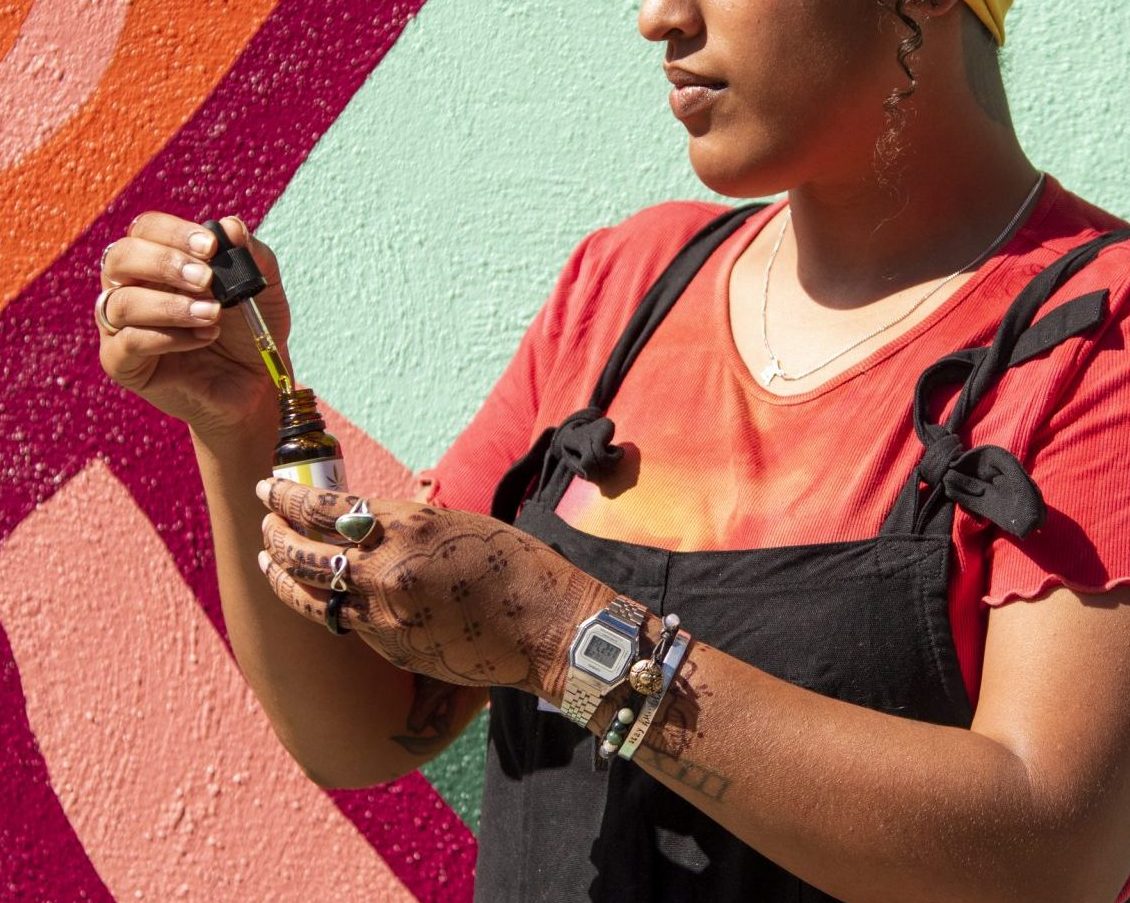
If you do an online search for “hemp strains,” the results are dizzying! Hundreds of options exist, so how do you choose the right one? More importantly, what is a hemp strain, anyway?
Strains refer to the varieties of a plant grown to possess particular characteristics. Generally, hemp strains are a focal point when discussing hemp flower.
Hemp (Cannabis sativa) breeders use genetic science to develop plants with desired traits. Many of the strains available are hybrid strains resulting from many generations of breeding to strengthen their genes and produce consistent qualities from one harvest to the next. This process of “homozygosity” helps to ensure that a strain will produce seeds with the same genetic makeup time and time again. Examples of traits influenced by homozygosity include the plant’s bud yield, cannabinoid (e.g., CBD, THC) concentration, and terpene profile. Genetic consistency helps guarantee that consumers will get the effects they expect when purchasing a strain repeatedly. Still, because different growers use different farming, harvesting, trimming, and processing methods, the characteristics of a strain and how it affects a person might differ.
Hemp flower, also known as CBD (cannabidiol) flower, is the flower of the female hemp plant. Other parts of the hemp plant include its seeds, stalk, roots, and leaves.
The genetic makeup of a hemp strain directly affects the components and properties of the flowers that bud from it. Farming and handling methods also influence hemp flowers’ properties. So, choosing a hemp strain by name alone doesn’t necessarily mean it will have the same composition or potency from one source to the next.
Hemp Flower Health Benefits
Our bodies have an endocannabinoid system (ECS), which regulates various biological functions, such as inflammatory and immune responses, blood sugar levels, blood pressure, mood and emotions, metabolism, stress response, hormones, sleep, and more. The ECS, which relies on the cannabinoids our bodies produce (called endocannabinoids), can sometimes experience deficits and imbalances that create various health issues and symptoms.
CBD, CBDA (cannabidiolic acid), and other plant-based cannabinoids (phytocannabinoids) in hemp — with the assistance of terpenes, flavonoids, and natural other compounds — interact with the chemical receptors in the ECS and support its ability to function optimally. The synergistic relationship between the different compounds in cannabis to enhance each other’s impact is called the “entourage effect.”
Considerations When Choosing CBD Hemp Strains
The evolution of hemp strains is ongoing as selective breeding practices to produce desired characteristics continue to bring new variations to market. So, what should you consider when exploring what hemp flower to buy?
Cannabinoid Potency and Terpene Profile
Cannabinoids
Cannabis plants contain approximately 113 different cannabinoids that affect our bodies’ endocannabinoid system in varying ways. Several include CBD, CBDa (which forms CBD when raw hemp flower is dried and heated), and THC. Generally, what distinguishes hemp flower from marijuana flower is that it contains less than the federal legal limit of THC (.3 percent) and does not cause psychoactive effects.
Different hemp strains contain different concentrations of cannabinoids. For the most effective and consistent results from hemp flower, it’s wise to buy from a source that clearly identifies the levels of cannabinoids within the strain.
Terpenes
Terpenes are naturally occurring compounds that give plants their distinctive scents and influence how they affect our bodies.
Here are a few types of terpenes and the characteristics they’re known for:
- beta-Caryophyllene – antibacterial, antioxidant properties; spicy, peppery flavor and scent
- alpha-Humulene – anti-inflammatory, analgesic properties; pine-like flavor and scent
- d-Limonene – anti-stress, anti-inflammatory, antioxidant properties; citrusy flavor and scent
- Linalool – anti-stress, sedative properties; floral (lavender-like) or woodsy flavor and scent
- beta-Myrcene – anti-inflammatory, antioxidant, sedative properties; earthy, musky flavor and scent
- beta-Ocimene – anti-inflammatory, antifungal, antiviral properties; sweet, woodsy flavor and scent
- alpha-Pinene – anti-inflammatory, antimicrobial properties; pine-like flavor and scent
- Terpinolene – anti-bacterial, antifungal, uplifting properties; citrusy, pine flavor and scent with floral notes
Knowing a hemp strain’s terpene profile will help you assess whether it might produce the effects you’re looking for.

Farming Methods
Organic farming methods produce purer CBD flower because they use no harmful chemicals. Organically cultivated hemp flower ensures a product without contamination by insecticides and pesticides.

Trimming Methods
Trimming affects the quality, purity, and potency of a hemp strain after harvesting. Trimming is the pruning process to remove the small leaves (sugar leaves) surrounding the buds. It’s an integral part of preparing hemp flower for consumption. Removing the leaves, which can trap moisture, helps prevent mold from forming. Because it ensures only plant material with the most active compounds remains, it produces a more potent product. Trimming helps amplify the strain’s aroma, too, because experienced trimmers know how to keep the parts of the flower that contain terpenes (trichomes) intact.
Trimming can be done manually (hand-trimmed) or mechanically (by machine) — on dry or wet hemp flower.
- Dry trimming involves pruning buds after harvested hemp branches are hung upside down in a drying room for approximately two weeks.
- Wet trimming is pruning buds immediately after harvesting and then drying them on a drying rack.
Generally, dry trimming creates a better quality product because the harvested plant dries slowly, helping the flowers’ active compounds mature.
After trimming, hemp flower is placed in curing containers where they are stored until they reach the desired potency, flavor, and aroma.
Testing and Transparency
Has the hemp flower you’re considering been tested by a third-party independent laboratory to verify what it contains and the concentrations of the compounds within it? The company you buy from should be willing to provide you with a certificate of analysis (COA) as proof that the product has been tested to ensure it contains what the product label says it does.
Your Uniqueness
Your personal experience with a hemp strain may change over time. As your body’s ECS system adapts, you might find a strain affects you differently than before.
How to Consume Hemp Flower
CBD flower is ultra-versatile. You can take advantage of its wellness benefits through various administration methods.
1. Vaporization
Grinding hemp flower to the recommended consistency and inhaling it using a dry herb vaporizer is an optimal way to consume it. Vaporization offers a more controlled and concentrated release of cannabis compounds than smoking hemp flower.
2. Infused in Recipes
You can also decarboxylate CBD flower and incorporate its extract into your favorite recipes. If you’re slow-cooking, you can add ground hemp flower straight into the dish (simmering for a long time will activate the cannabinoids).
If you need tasty ideas for how to infuse hemp flower and hemp seeds in your culinary creations, check out our leading lady Heather Kreider’s cooking demos online or enroll in one of her cooking with cannabis classes.
3. Smoking
Many people opt to experience hemp flower by smoking it in a rolled form (a.k.a. joints) or via a pipe or bong. Again, vaporization offers a more consistent experience and prevents the discomfort of smoke entering the lungs.

Categories of Hemp Strains
The number of hemp strains is too voluminous to mention here. Below are some well-known strains for which you’ll find many variations.
- Tangerine Dream – known for promoting relaxation while lifting mood and enhancing focus
- Abacus – known for its calming, soothing properties
- Diesel – named for its gassy-like aroma and flavor
- Durban – known for its energizing properties
- Haze – known for its uplifting properties
- Kush – primarily known for its sedative effects
Hempfield Botanicals offers an organically grown hemp flower strain, Tangerine, from a hemp farm in the heart of Pennsylvania’s Amish country. Carefully cultivated and hand-trimmed, this strain provides a rich terpene and cannabinoid profile and perfectly balanced citrusy, spicy scent and aroma. We sell it on its own, and it’s also an ingredient in our Cinnamon Orange Spice Hemp Tea.
Like our other hemp CBD products, our hemp flower and teas have undergone stringent testing in-house and at an independent lab to ensure purity, safety, and potency.
The Bottom Line
The quality and composition of hemp strains vary widely, and every person has unique needs. Before buying and using hemp flower, consider the above points to help ensure you get a safe, reliable product that will give you the most effective results. Contact us if you have any questions about our hemp flower or other CBD products. We’re just a click or call away — and we’re always happy to help!

